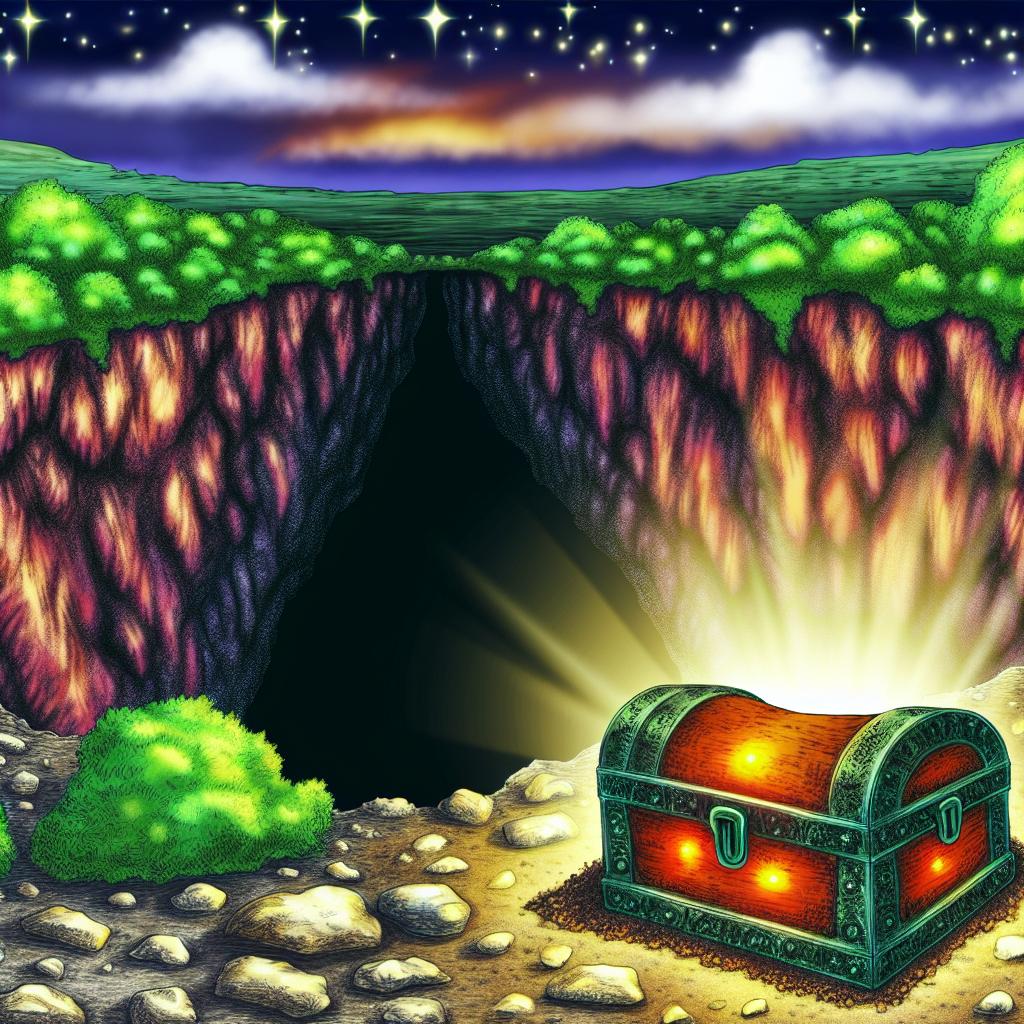The Devil’s Sinkhole: A Natural Wonder
The Devil’s Sinkhole stands as a remarkable testament to the Earth’s geological processes and is a significant natural landmark situated near the small town of Rocksprings in Edwards County, Texas. This impressive feature is essentially a vertical cavern that plummets dramatically into the Earth’s crust, creating an awe-inspiring sight. Recognized for its sheer size and depth, the sinkhole has become a point of fascination for a variety of observers, including geologists, historians, and tourists who are captivated by its enigmatic charm.
Geological Significance
The geological significance of the Devil’s Sinkhole is undeniable. With an estimated diameter of approximately 50 feet and a depth nearing 400 feet, it ranks as one of the largest single-chamber caverns in the state of Texas. The formation of this imposing feature is attributed to a long history of geological processes, primarily involving the dissolution of limestone. Over millions of years, water erosion and chemical weathering sculpted the limestone, leading to the creation of this impressive karst formation.
Experts visiting the site often provide detailed explanations of the processes involved, describing how the slight acidity of rainwater gradually wore away the limestone, resulting in the vast cavity that we now see. This process of karstification is a slow and continuous one, highlighting the dynamic nature of the Earth’s surface and the natural forces that shape our environment.
Historical Context
Beyond its geological features, the Devil’s Sinkhole is steeped in historical context and anecdotal lore. Throughout the years, it has inspired myths and stories that have contributed to its mystique. Some tales speak of hidden treasures left by outlaws or local Native American tribes, instilling a sense of mystery and adventure about the cavern. Although these stories have never been conclusively verified, they continue to pique the curiosity of visitors and add a layer of cultural allure to the area.
The stories that surround the sinkhole are an integral part of its identity, and they serve as a reminder of the human tendency to weave narratives around natural wonders, enhancing their significance in the collective imagination.
Current Use and Conservation
In contemporary times, the Devil’s Sinkhole is primarily treated as a protected natural area. The responsibility for its management falls under the jurisdiction of the Texas Parks and Wildlife Department. Conservation efforts focus on preserving the ecological integrity of the site, which serves as a critical habitat for wildlife. One of the most notable inhabitants of the sinkhole is the seasonal colony of Mexican free-tailed bats, which attracts nature enthusiasts from all over.
Visitors to the site can engage in educational tours that provide a wealth of information about both the sinkhole’s natural features and its rich folkloric history. These guided tours offer a unique opportunity to appreciate the ecological and cultural aspects of the landmark.
Exploration Opportunities
For those eager to explore, the sinkhole offers organized guided tours that present a chance to witness one of the area’s most spectacular natural events: the evening emergence flights of the bats. Seeing thousands of bats taking flight against the backdrop of the setting sun is a remarkable spectacle, offering a firsthand experience of the biodiversity that the sinkhole supports.
Additionally, these tours furnish visitors with insights into the conservation efforts that are being made to protect this unique landscape. For more details on visiting arrangements and ongoing conservation initiatives, interested individuals can consult resources provided by the Texas Parks and Wildlife Department.
Preservation Efforts
Preservation efforts are integral to safeguarding the Devil’s Sinkhole, ensuring that this geological marvel remains intact for future generations to enjoy. These initiatives focus on reducing human imprints on the site and ensuring the continuity of the surrounding ecosystem. By maintaining the natural and historical integrity of such locations, the stories and scientific insights associated with them can continue to educate and inspire.
This commitment to conservation underscores the importance of such natural landmarks and their role in fostering an appreciation for the Earth’s geological and ecological history.
Future Research and Discoveries
The cavern continues to be a source of intrigue for ongoing geological and archaeological research. Scientists and researchers are continuously exploring the sinkhole, seeking to uncover more about its formation and history. Each expedition into its depths holds the potential for new discoveries that could illuminate unknown aspects of its past.
The Devil’s Sinkhole, with its rich tapestry of history and natural wonders, remains a subject of fascination, fueling further studies and potentially offering groundbreaking findings that add to our understanding of the region’s geological evolution.
Conclusion
The Devil’s Sinkhole encapsulates the blend of scientific significance and captivating folklore, making it a destination of considerable interest and educational value. As an exemplar of geological processes and a repository of historical intrigue, it provides invaluable opportunities for exploration and learning. Visitors and researchers alike have the chance to delve into the enigmatic depths of this Texas landmark, uncovering the mysteries that lie within and gaining a deeper appreciation for the dynamic history of our planet.


